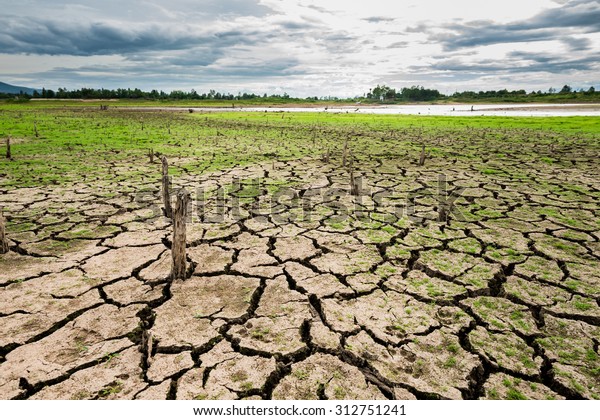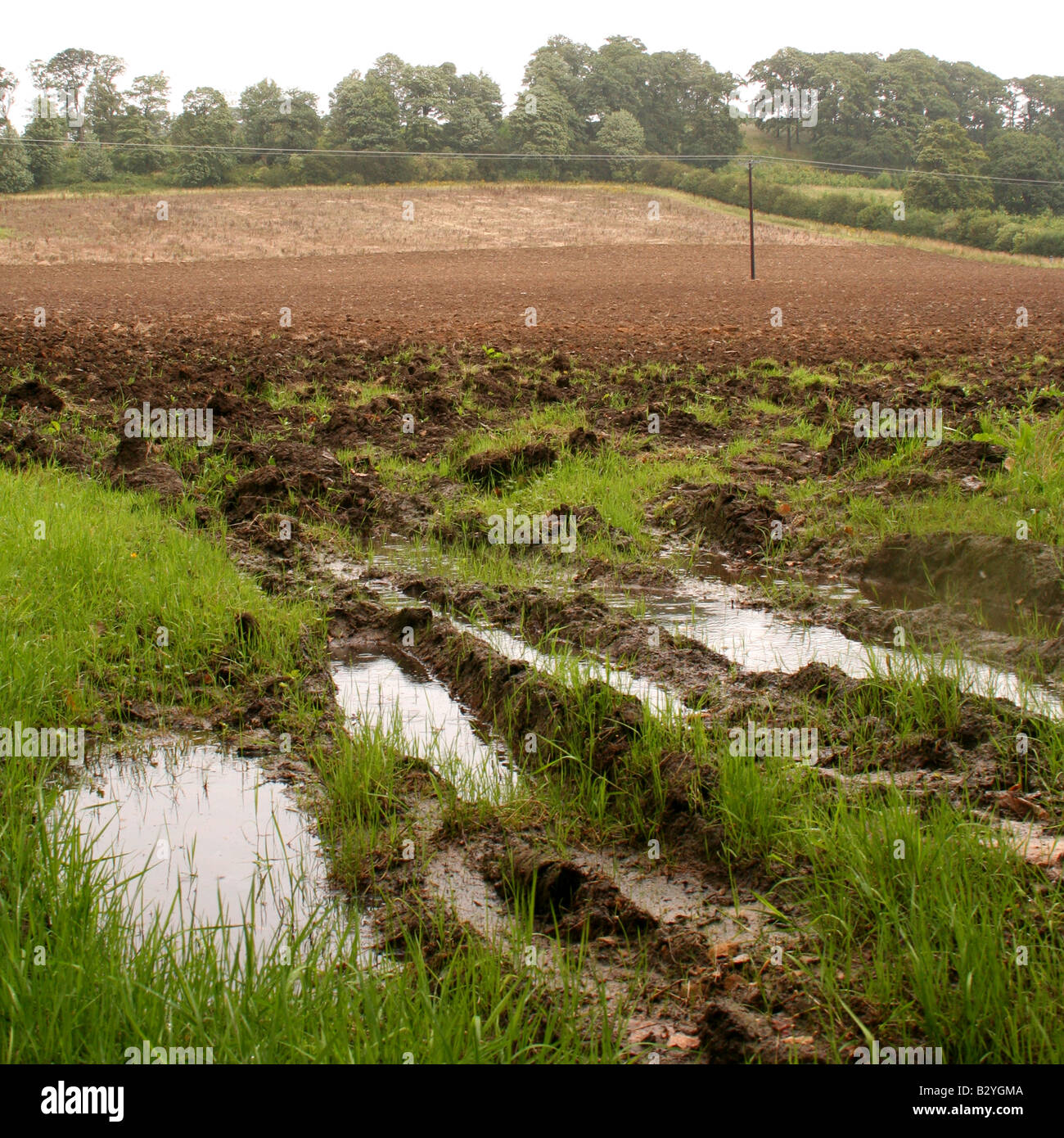

Black crappie (specks) are less common and usually restricted to larger, deeper lakes where they prefer deeper holes and brushpile structure. For both bass and sunfish, if you are not getting any bites, then fish deeper. Good lures include tiny jigs or beetle spins, and small flyrod poppers or flies.

Sunfish including bluegill (bream) and redear sunfish (shellcracker) are common and can be taken on baits like live worms, crickets and grass shrimp.

Live shiners or shad are excellent baits. Good lures include artificial worms, minnow imitations, topwater lures, spinnerbaits and crankbaits. Largemouth bass are Florida’s most popular freshwater sport fish and inhabit nearly every pond and lake. Additionally, it can serve as spawning and nursery habitat for fish when flooded, which later translates to better fishing opportunities as young-of-the-year fish grow to adult sizes. Floodplains are very important since this habitat often serves as the “kidney” of a lake or pond, cleansing the water. Floodplain habitat surrounds a lake or pond and is only temporarily inundated during rain or high water.
MUD RIVER GRASS FREE
Open water habitat is usually the center area of a lake or pond, typically six feet deep or more, and can be vegetation free or contain submersed vegetation such as eelgrass, pondweed and hydrilla. Deep water marsh, usually 2-6 feet in depth, may contain bulrush, water lily, eelgrass, hydrilla, pondweed and maidencane. Shallow water marsh habitat, typically two feet deep or less, can contain a mix of woody species such as wax myrtle and aquatic species such as spikerush, pickerelweed and arrowhead. Ponds are smaller than lakes, but both can contain similar freshwater habitats including shallow or deep-water marsh, open water and floodplain. More than 8,000 named lakes and ponds dot Florida’s landscape, and nearly all of them can provide fishing.

Properly dispose of chemicals, oils and other hazardous materials in designated locations or receptacles.Recycle your monofilament fishing line or cut line into small sections before disposal to avoid entangling wildlife.Stash your trash and dispose of it in a proper receptacle ashore.Volunteer to help with a habitat project.There are lots of things you can do to help enhance or maintain marine fisheries habitat. Maintaining healthy freshwater habitats start with you. Without healthy freshwater habitats, Florida’s world-renowned fishing industry and iconic freshwater fish species wouldn’t be able to thrive. Florida Youth Conservation Centers Network.Great Florida Birding and Wildlife Trail.Report injured, orphaned or dead manatees.Report fish kills, wildlife emergencies, sightings, etc.


 0 kommentar(er)
0 kommentar(er)
